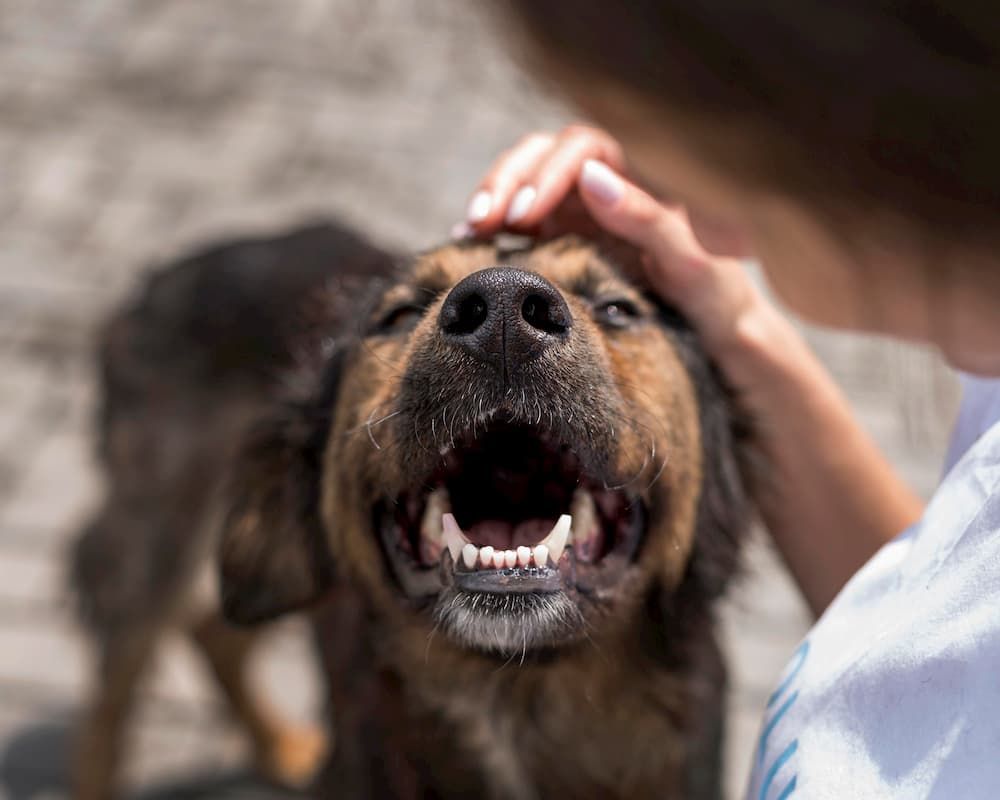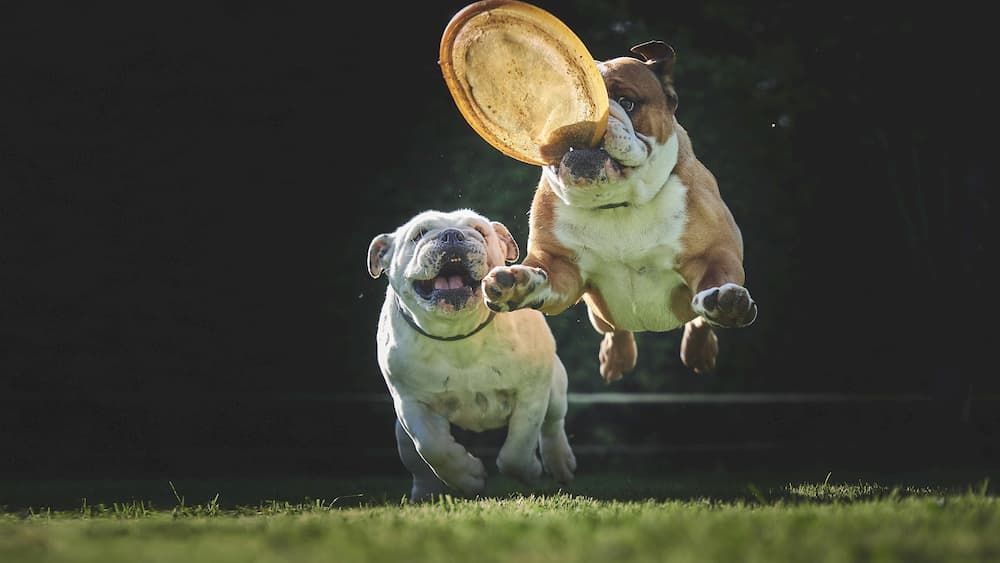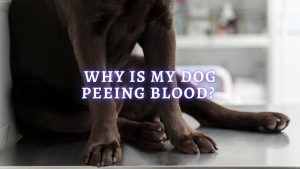
We all wish that could just be a straightforward yes or no answer, don’t we?! There are many factors that play a role in a pooch’s life span, including genetics, size and yes even neutering can play a role in this. Certain diseases are driven by hormones and thus, neutering can reduce, even eliminate the risk of these in some pets. On the other side, neutered pets need approximately 20% less energy and may be prone to obesity which can bring its own disease risks.
The urge to reproduce is naturally inherent, but in modern times our pets don’t need to reproduce for the perpetuation of their species. Despite this, the sexual instinct hasn’t reduced and once the pet reaches puberty, some behavior changes become apparent. Male dogs may become restless, disobedient, wander and display urine marking behaviors. Female dogs may also show similar signs though they don’t tend to urine mark territory. Some pets can show aggressive behaviors at this time also.


Photo by Jf Brou on Unsplash
Female dogs are fertile 1-2 times per year, approximately 6 months apart; males, however, are fertile all year round following puberty and their behavioral changes tend to be more persistent and obvious than those of the females. Neutering is often performed to make life better for both pets and their parents. Neutered pets tend to be more even-tempered and not interested in wandering to find a sexual mate, which means your pet won’t drive you to distraction with bad behavior while they’re not intensely frustrated by their hormonal urges being thwarted by you.
Neutering involves removing sex glands in both sexes, testicles in males and ovaries extracted with the uterus (womb) in females under general anesthesia. Surgery for females is more invasive, requiring entry into the abdomen, while it’s more minor in males. Post-operatively there are sutures placed that need to be removed after 10-14 days. During those days, the wound must be protected by either a pet shirt over the wound or a collar (cone of shame) to prevent licking at the wound. Leash walks only are advised during this period also to encourage healing of the wounds.
RELATED ARTICLE: Should I Spay My Dog
Diseases that can be affected by Neutering
1. Mammary tumors
Mammary tumors are one of the most common we see in dogs, particularly intact females. These are tumors of mammary tissue and certain breeds such as poodles and spaniels are predisposed. These tumors can be benign or malignant and metastasis (spread) is relatively common with malignant tumors. Surgery is usually curative if the tumor is benign but up to 50% of pets with malignant tumors will experience the spread of the tumor so early diagnosis and treatment are essential to give your pet the best quality of life and chance of long term survival.
2. Prostatitis
Up to 50% of intact male dogs experience prostate-related changes by 4 years of age, but not all require treatment. Prostatitis is a bacterial infection of the prostate that is luckily rare in neutered pets. The prostate is a gland surrounding the urethra inside the pelvis and if it becomes inflamed and swollen, the urethra is compressed and urine stops flowing freely. This causes urine to accumulate within the bladder, causing discomfort and repeated urges to urinate. This causes pain and further irritation in the pelvis. Signs can vary from seemingly painful in their back end when walking, belly pain, or becoming acutely dull and depressed. If your pet is prone to urinary tract infections, your vet may advise further investigation to determine if prostatitis is the problem.
3. Perineal herniation
This is caused by weakened pelvic diaphragm muscle and is usually seen in older pets, particularly those who haven’t been neutered. The underlying cause is unknown but it’s suspected to be hormonally driven as perineal hernias aren’t seen as frequently in neutered dogs. Pets with these hernias typically have swellings near their anus coupled with signs that include constipation or difficulty defecating and urinating.


@freepik / FreePik
4. Canine Transmissible Venereal Tumor (CTVT)
This is cancer spread primarily through sexual contact in dogs; hence neutered pets are less likely to develop the disease. Male and female dogs are both affected by CTVT. This is one of the oldest known cancers in mammals and luckily it typically responds well to chemotherapy.
5. Pyometra
This is an incredibly serious and life-threatening infection of a female dog’s uterus. Pus accumulates within the womb which rapidly leads to sepsis, toxemia, dehydration, and even kidney failure and death. The only treatment is emergency surgery to remove the dog’s ovaries and uterus alongside intensive post-operative nursing to treat the toxemia and sepsis. Neutering virtually eliminates the risk of pyometra from developing.
6. Benign Prostatic Hyperplasia
The most common prostatic disease in dogs is benign prostatic hyperplasia (BPH) and usually starts to develop when they are approximately 2 years of age. Treatment is only required if clinical signs develop, these include difficulty defecating or urinating, blood in the urine or urethral discharge. Neutering is advised as the most effective treatment for BPH, but even if your pet isn’t experiencing clinical signs, it can prevent further disease development.
Did You Know?
- Approximately 50% of mammary tumors are malignant.
- Approximately 25% of intact females experience pyometra.
- Bacterial prostatitis is the second most common cause of prostatic diseases in dogs.
READ MORE: Are two dogs better than one?


Image by @cp17 from Pixabay
Advantages of Neutering
- Reproduction could have a significant impact on life expectancy. Research has indicated that neutered pets can live on average up to 20% longer than non-neutered dogs. These pets tend to have a good quality of life in their golden years.
- As neutering stops the sexual urges associated with hormones, signs of sexual behavior disappear and reduce wandering in males which carry risks of being injured in traffic collisions or getting lost. Females won’t attract males as they won’t come ‘into heat’ following neutering. The procedures also eliminate the risk of unwanted puppies.
- While neutering may reduce some aggressive tendencies in pets, it won’t affect their general character and personality. Some behaviors are learned and neutering an older animal won’t necessarily alter their penchant for wondering if they have developed the habit. Neutering will also not correct poor training behaviors.
Disadvantages of Neutering
- As noted before, some diseases are more commonly seen in un-neutered pets and sterilization can reduce these risks but it’s not a procedure to be undertaken lightly as this is a surgical procedure with risks of complications, though thankfully these are really low. Your veterinarian will discuss all of these with you during consultations and answer any questions you may have prior to booking any procedure for your pet.
- Complications can include bleeding, suture rupture, or wound infection. These tend to be minor, treatable, and partly why your veterinarian will impose strict exercise restrictions and wound protection following surgery on your pet. Anesthesia does cause changes to your pet’s breathing and cardiac function, so the procedure will only ever be performed by licensed and fully trained veterinary teams to minimize the risks of complications.
- Neutered pets are prone to obesity, you can prevent this by reducing their caloric intake by approximately 20% and maintaining a regular exercise regime. Less than 10% of neutered females may go on to develop hormone-related urinary incontinence. This usually occurs on average about 5 years after neutering and requires medical management.
READ MORE: Best Fresh Dog Food Delivery


Photo by Jenny Marvin on Unsplash
The optimal Age for Neutering
Puberty in dogs occurs between the ages of 6-13 months, depending on the size and breed. Castration of males is recommended at the age of 7-9 months in most breeds, females – from 6 months of age: in the period after the change of teeth and before the first estrus. Breeds that are prone to developing osteosarcoma (a type of bone cancer) such as Rottweilers are generally not neutered until they are over 12 months of age.
Clinically healthy animals can undergo surgery once they have been fully vaccinated at least three weeks prior. All pets will undergo a pre-anesthetic clinical examination by your veterinarian to assess their cardiovascular system and ensure there are no indications of illness or if a female, to ensure she is not entering ‘heat’. Your veterinarian will advise you to starve your pet for 12 hours prior to the surgical procedure while permitting water. A walk to ensure your pet as urinated and defecated is also important prior to surgery.
Your veterinarian may recommend some extra tests for pets over 5 years of age to assess their anesthetic risk. As well as a clinical examination, a blood test and echocardiogram can give insight into your pet’s organ function including their heart, liver, and kidneys. These can help your veterinarian make a tailored anesthetic and surgical plan for your pet.
READ MORE: Dog Life Stages
Conclusion
Neutering has significant benefits that outweigh risks for most pets. Your pet and you can hopefully lead a happy and healthy life together without the stresses associated with hormonal surges. As always, simply discuss any questions with your veterinarian; they will always have your pet’s best interests at heart.





